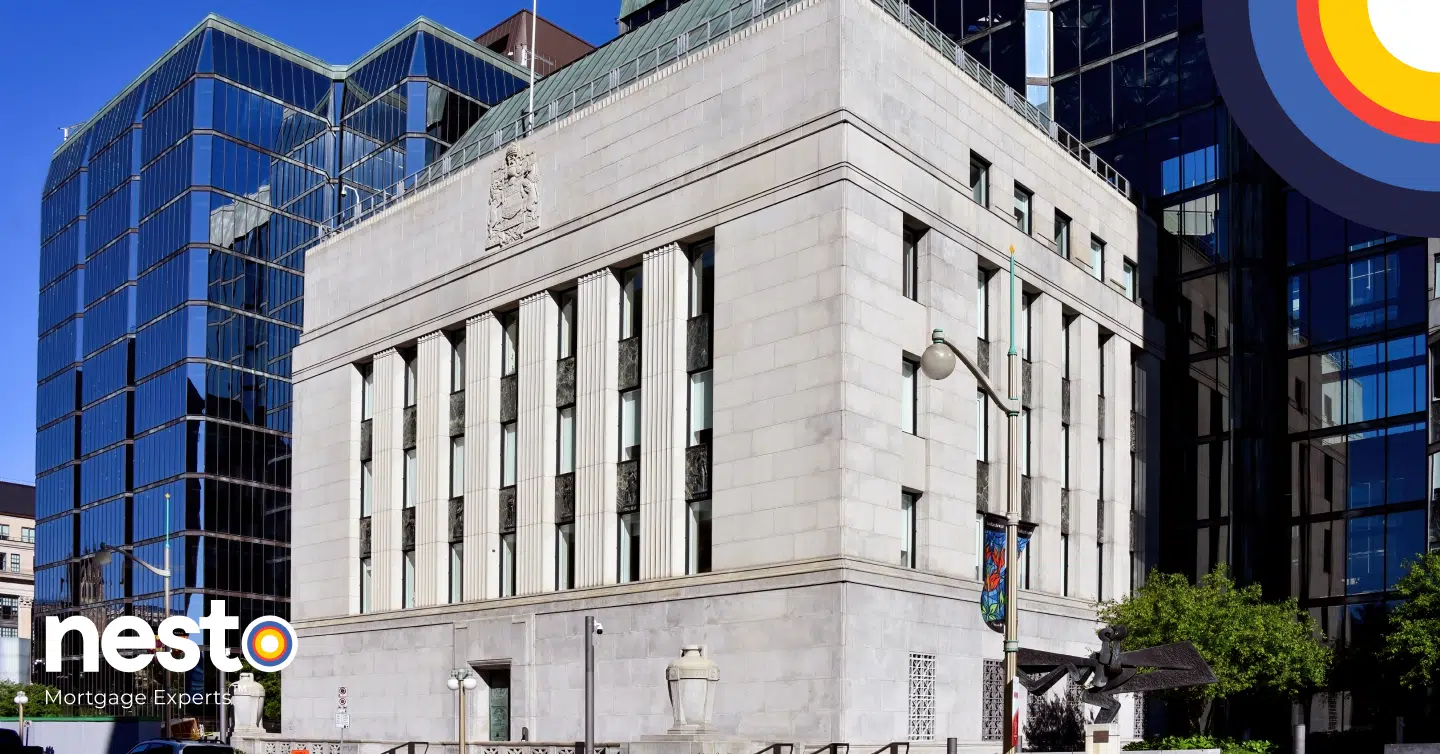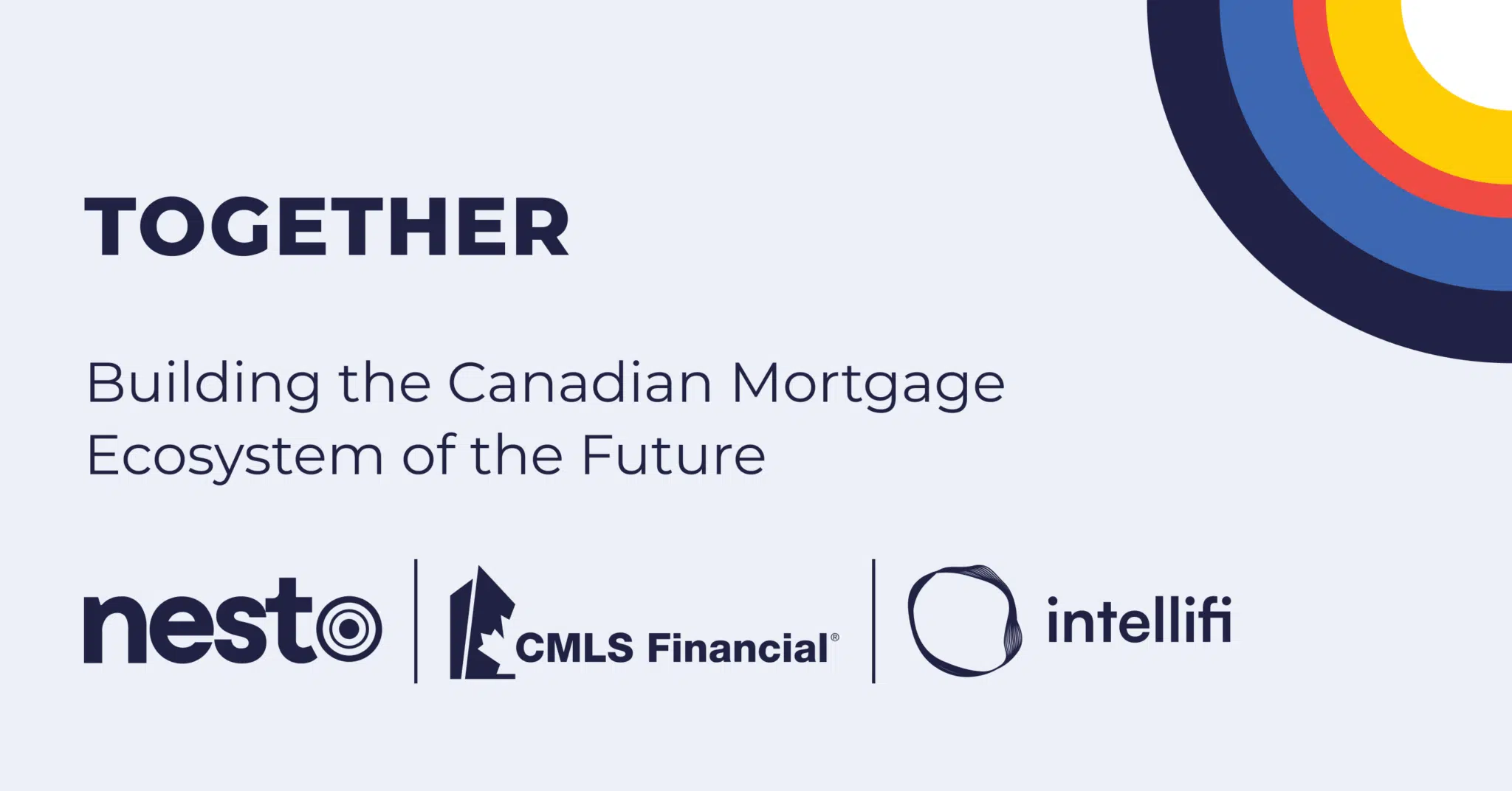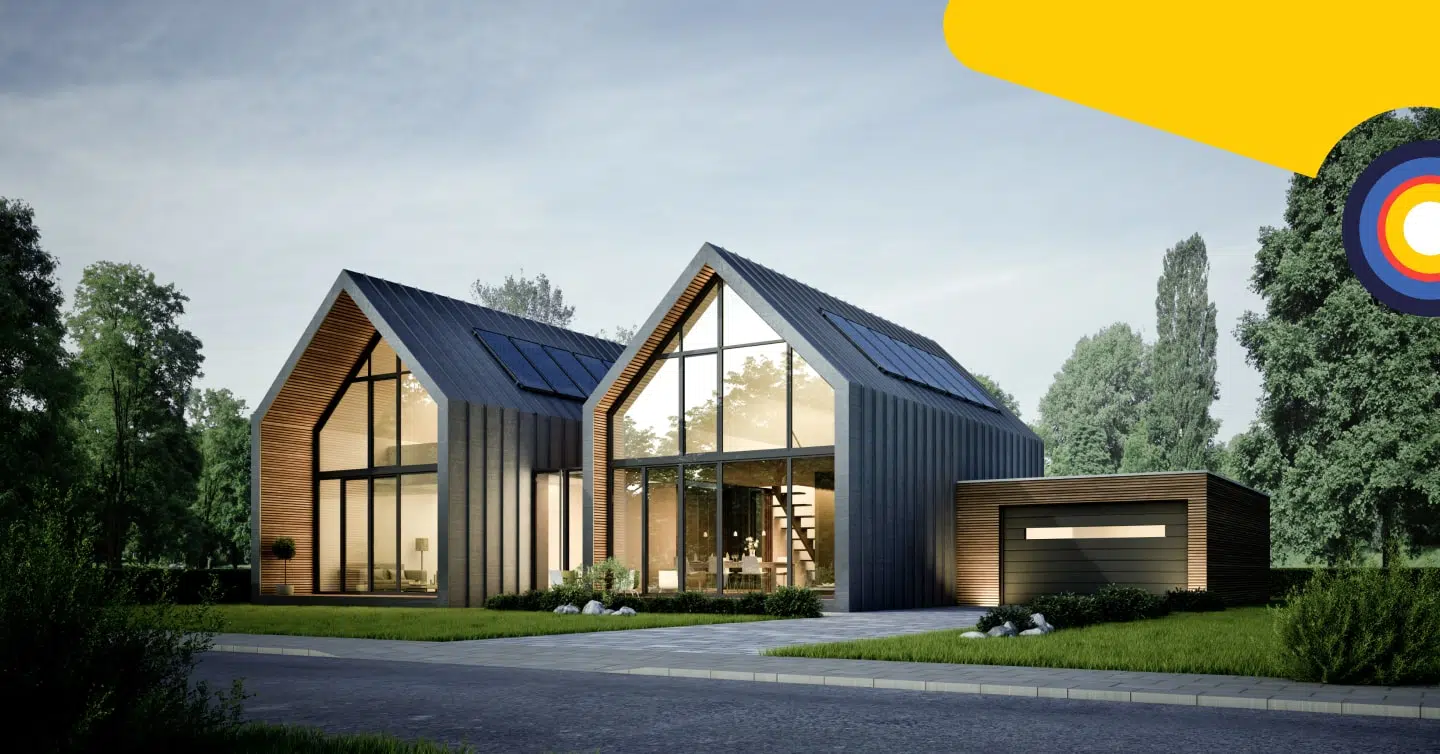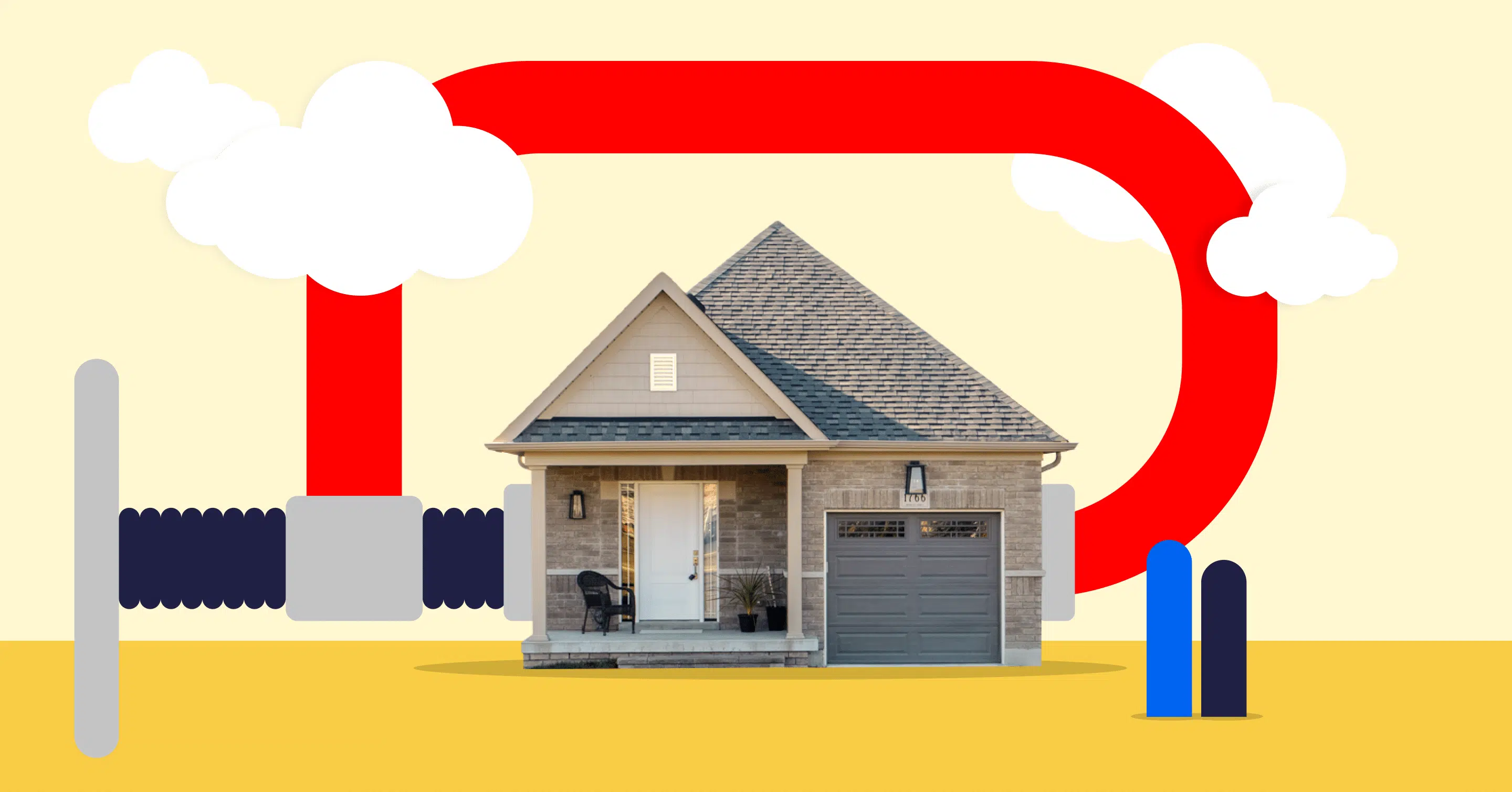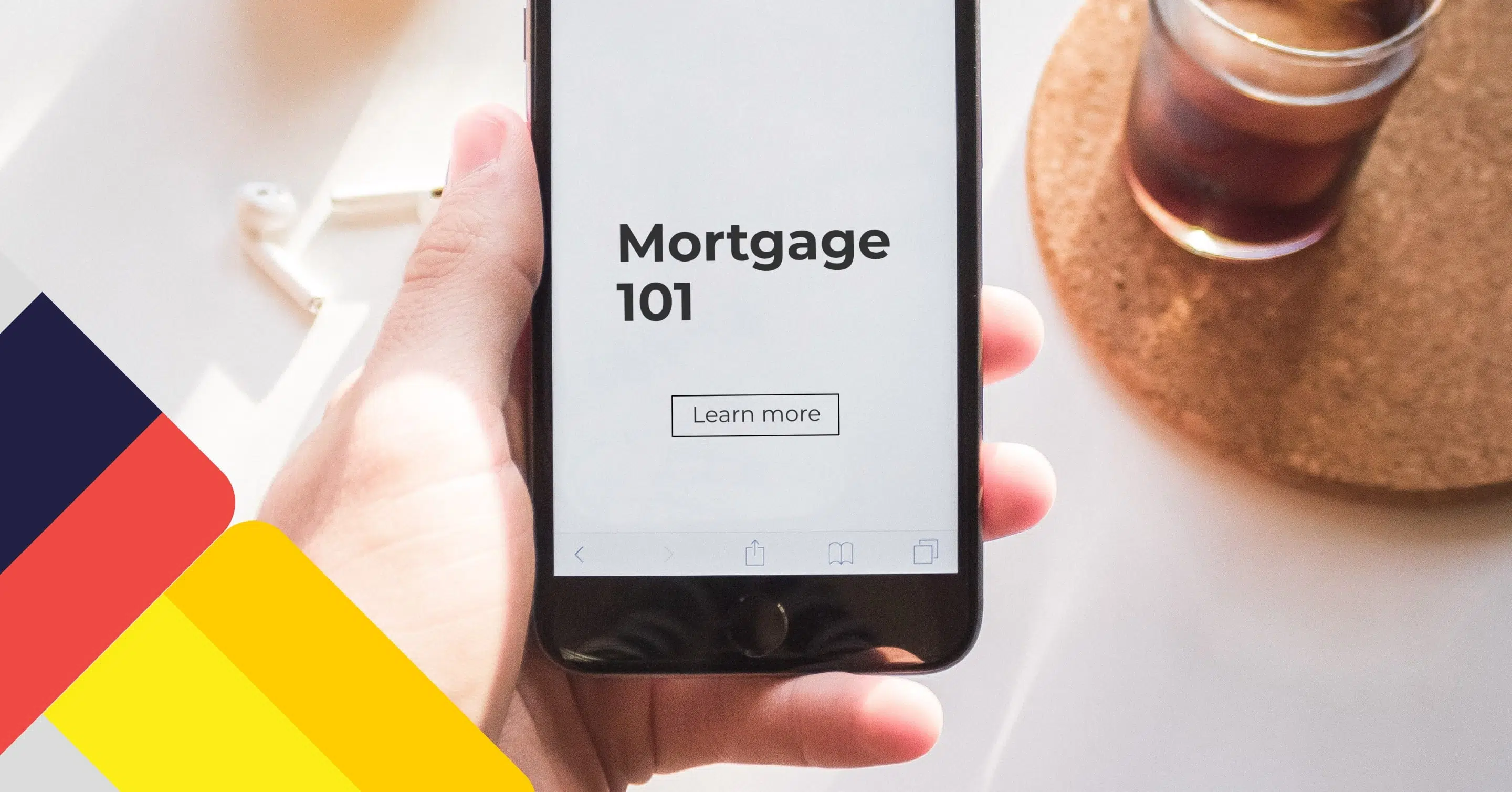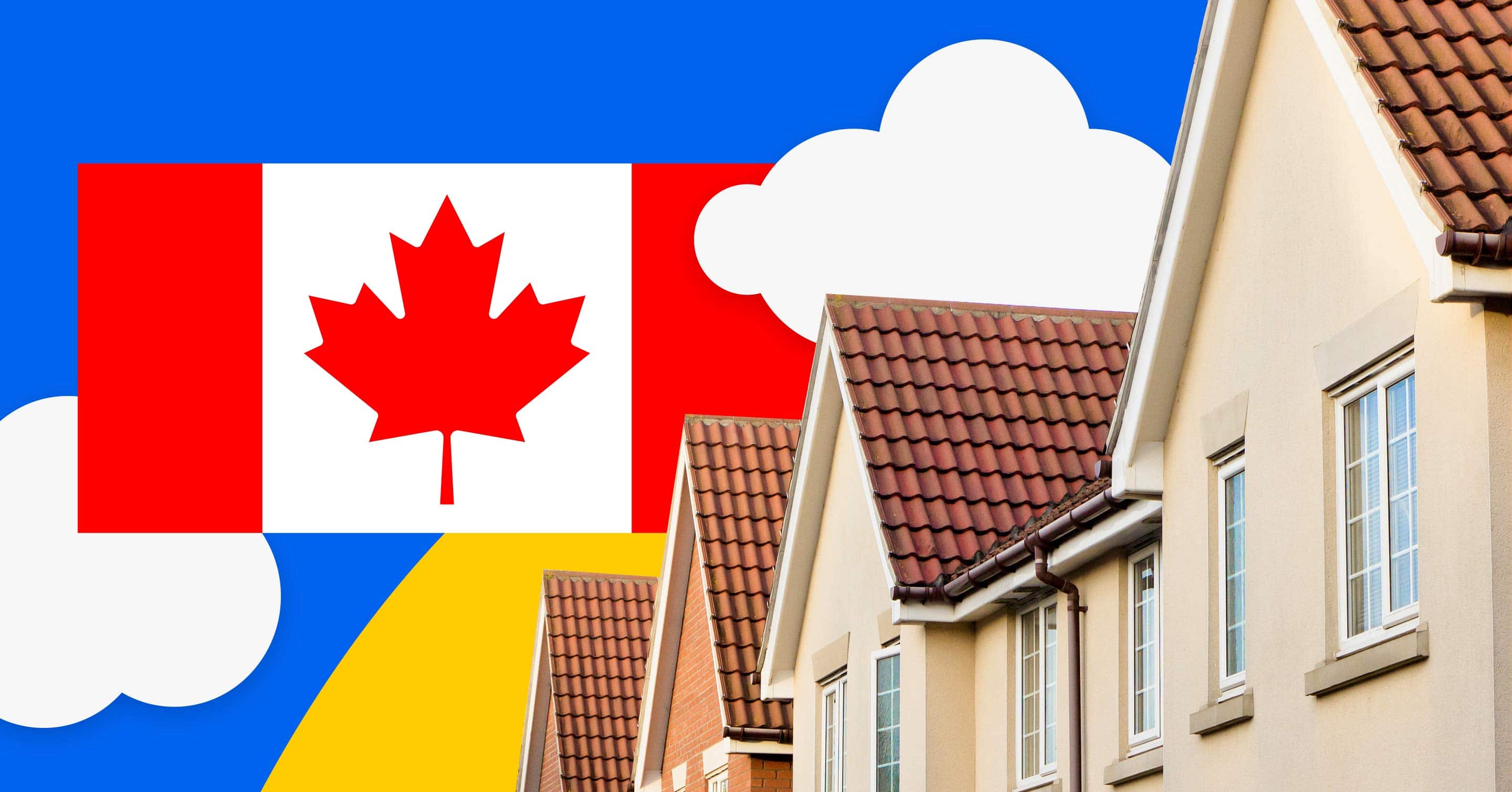Income Needed to Get a $100,000 Mortgage in Canada
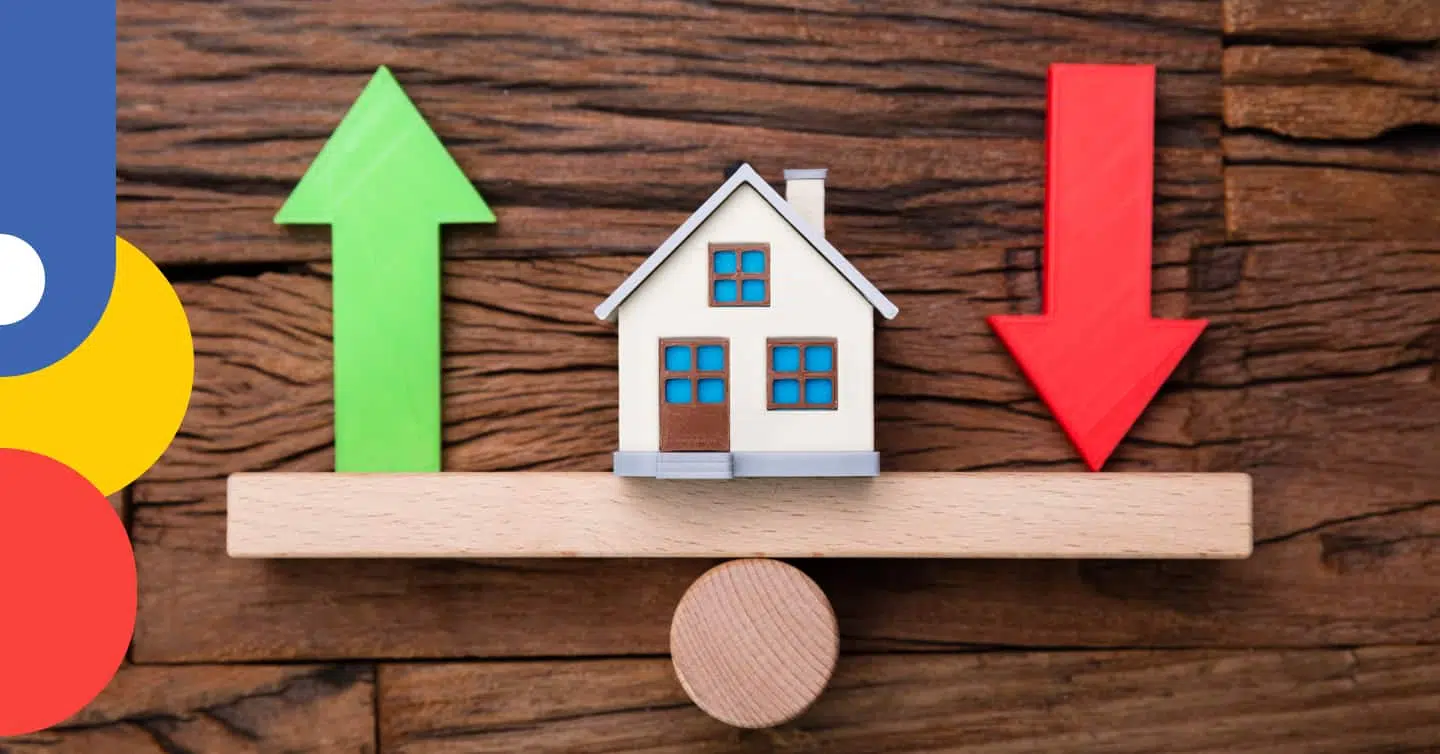
Table of contents
The Bank of Canada’s interest rate adjustments have reshaped the Canadian housing market, directly affecting mortgage affordability and borrowing power. Whether you’re a first-time homebuyer looking to renew or refinance, understanding the latest income requirements for securing a mortgage loan is crucial in today’s shifting economic landscape.
Getting a $100,000 mortgage in Canada might seem straightforward, but understanding the financial and mortgage affordability requirements can make a big difference. Factors like income, down payment, and interest rates all affect eligibility. This guide simplifies the process and offers practical tips to help you qualify for a $100,000 mortgage, breaking down mortgage qualification criteria across Canada and exploring how loan-to-value (LTV) ratios, debt service requirements, and amortization periods impact home affordability. Additionally, we’ll cover the latest changes in mortgage stress tests and other regulations and what they mean for Canadian borrowers navigating the real estate market.
Key Takeaways
- On a $100,000 mortgage at nesto, your monthly payment will range between $487.71 and $564.39.
- Depending on your down payment and debts, a gross annual income between $24,713.31 and $31,368.59 is typically needed for a $100,000 mortgage.
- You’ll need to earn between $11.88 and $15.08 hourly to qualify for $100,000 at today’s low rates at nesto
How Much Income Do You Need for a $100,000 Mortgage?
Lenders calculate your mortgage affordability based on your debt service coverage ratios, known as Gross Debt Service (GDS) and Total Debt Service (TDS):
- GDS Ratio: You should not exceed 39% of your gross monthly income on insured and insurable mortgages or 35% for uninsured mortgages.
- TDS Ratio: You should stay below 44% of your gross monthly income or 42% on uninsured mortgages.
Most Popular $100,000 Mortgage Scenarios
The following two examples showcase calculations for the lowest and highest income needed to qualify for a $100,000 mortgage with an insured mortgage on a 25-year amortization and an uninsured mortgage on a 30-year amortization.
Here’s an example of a home valued at $111,111 with an insured mortgage on nesto’s fixed rate:
- Down Payment: With a 10% down payment ($11,111), the mortgage amount would be $100,000.
- Additional Costs affecting debt ratios: Estimated monthly heating costs at $100 and property taxes at 1% annually.
-
Income Needed: The income needed to qualify for a $100,000 insured mortgage is approximately $26,110, based on a 5-year fixed rate of
over 25 years.
Here’s an example of a home valued at $125,00 with an uninsured mortgage on nesto’s fixed rate:
- Down Payment: With a 20% down payment ($25,000), the mortgage amount would be $100,000.
- Additional Costs: Estimated monthly heating costs at $100 and property taxes at 1% annually.
-
Income Needed: The income needed to qualify for a $100,000 uninsured mortgage is approximately $29,179, based on a 5-year fixed rate of
over 30 years.
For a $100,000 mortgage, the monthly mortgage payment ranges between $487.71 and $564.39, and the gross annual income required for a mortgage ranges between $29,179 and $26,110 would meet GDS guidelines for insured/insurable (39%) and uninsured (35%) mortgages.
Examples of All $100,000 Mortgage Scenarios
Insured Mortgage (10% Down, 25-Year Amortization, 5-Year Fixed Rate)
An insured mortgage means putting less than 20% down, requiring mortgage default insurance (CMHC, Sagen, or Canada Guaranty). A 5-year fixed rate locks in your interest rate for stability, and a 25-year amortization keeps payments manageable while meeting lender affordability requirements.
How much income is required to qualify for an insured $100,000 mortgage with a 10% down payment on a 5-year fixed rate over a 25-year amortization?
Insured Mortgage (10% Down, 25-Year Amortization, 5-Year Variable Rate)
Like the first option, this mortgage requires default insurance but features a variable rate, meaning your interest rate fluctuates with market conditions. A 25-year amortization balances affordability with faster equity buildup.
What salary do you need to be eligible for an insured $100,000 mortgage on a 5-year variable rate with a 10% down payment and a 25-year amortization?
Insured Mortgage (10% Down, 30-Year Amortization, 5-Year Fixed Rate)
This option extends the amortization period to 30 years, reducing monthly payments but requiring a low-ratio mortgage qualification, often at a higher rate. A 5-year fixed rate provides payment stability. This scenario is suitable for FTHBs or those purchasing newly built homes.
How much do you need to earn annually to get approved for an insured $100,000 mortgage on a 5-year fixed rate with a 10% down payment over 30 years?
Insured Mortgage (10% Down, 30-Year Amortization, 5-Year Variable Rate)
With a 30-year amortization, monthly payments are lower, but interest costs over time increase. A variable rate fluctuates, meaning potential savings when rates drop but higher payments if they rise.
What is the minimum income needed for an insured $100,000 mortgage with a 10% down payment on a 5-year variable rate across a 30-year amortization?
Insurable Mortgage (20% Down, 25-Year Amortization, 5-Year Fixed Rate)
With 20% down, portfolio mortgage insurance is purchased in bulk by the lender, and the mortgage still meets lender rules for insurable rates. A 25-year amortization ensures affordability and a fixed rate keeps payments predictable.
What income qualifies you for an insurable $100,000 mortgage on a 5-year fixed rate with a 20% down payment and a 25-year amortization?
Insurable Mortgage (20% Down, 25-Year Amortization, 5-Year Variable Rate)
This option follows similar eligibility rules but comes with a variable rate, meaning potential interest savings when rates decline. The 25-year amortization keeps the mortgage within standard guidelines for an insurable mortgage.
How much should your salary be to secure an insurable $100,000 mortgage on a 5-year variable rate with a 20% down payment over 25 years?
Uninsured Mortgage (20% Down, 25-Year Amortization, 5-Year Fixed Rate)
An uninsured mortgage applies when you don’t meet insurable guidelines, typically if you refinance to increase the remaining mortgage balance or amortization. It also applies when you transfer a mortgage from a subprime to a prime lender. A fixed rate locks in your interest, while a 25-year amortization keeps interest-carrying costs to a minimum.
What’s the income requirement for an uninsured $100,000 mortgage on a 5-year fixed rate, 20% down, and a 25-year amortization?
Uninsured Mortgage (20% Down, 25-Year Amortization, 5-Year Variable Rate)
With an uninsured variable rate mortgage, your interest rate changes with market fluctuations. A 25-year amortization ensures a lower cost of borrowing (COB) while offering interest flexibility to save if the prime rate decreases.
How much do you need to make to get approved for an uninsured $100,000 mortgage with a 20% down payment on a 5-year variable rate and a 25-year term?
Uninsured Mortgage (20% Down, 30-Year Amortization, 5-Year Fixed Rate)
A 30-year amortization reduces monthly payments but increases long-term interest costs. A fixed rate ensures steady payments, and the mortgage remains uninsured, typically used for refinances, meaning higher qualification requirements.
What annual earnings are needed to qualify for an uninsured $100,000 mortgage on a 5-year fixed rate, 20% down, and a 30-year amortization?
Uninsured Mortgage (20% Down, 30-Year Amortization, 5-Year Variable Rate)
This option offers the most extended amortization for the lowest monthly payment (compared to other options at the same interest rate) but the highest overall interest cost. The variable rate means your interest component can rise or fall depending on market conditions while your monthly payment stays the same.
How much must you earn to be eligible for an uninsured $100,000 mortgage on a 5-year variable rate, 20% down, and a 30-year amortization?
For these scenarios, while a monthly mortgage payment ranges between $487.71 and $564.39, the gross annual income required for these mortgages ranges between $24,713.31 and $31,368.59 would meet GDS guidelines for all mortgages.
Affordability Factors for a $100,000 Mortgage
- Interest Rates: Lower rates mean smaller monthly payments, reducing the income needed. Shop around for competitive rates.
- Down Payment Size: A higher down payment lowers your mortgage amount and can eliminate the need for mortgage insurance.
- Debt Levels: High consumer debt can impact your TDS ratio, reducing the amount you qualify for.
How to Improve Your Mortgage Affordability
- Save for a Bigger Down Payment: Reducing your loan size lowers monthly payments.
- Pay Down Existing Debts: Reducing consumer debt improves your TDS ratio.
- Boost Your Credit Score: A higher credit score may help you qualify for better rates.
- Extend the Amortisation Period: Stretching payments over 30 years reduces monthly costs (if offered by your lender).
Frequently Asked Questions (FAQs) on $100,000 Mortgage Affordability in Canada
How much is the minimum down payment for a $100,000 home?
The minimum down payment is 5%, or $5,000 if your mortgage is insured.
Can I get a $100,000 mortgage with bad credit?
It may be challenging, but improving your credit score and reducing debt can increase your chances. Some alternative lenders may have more flexible requirements.
How does mortgage insurance affect my payment?
Mortgage insurance premiums typically range from 2.8% to 4% of your mortgage amount. Still, they can go up to 4.20% for first-time home buyers (FTHB) or those purchasing a newly built home with an insured mortgage and a 30-year amortization.
These premiums increase your monthly payments. Mortgage insurance is mandatory for down payments of less than 20%. Still, borrowers can pay the premium upfront in cash instead of adding it to the mortgage balance, helping avoid additional interest costs over time.
What would my mortgage payment be on a $100,000 mortgage?
Your mortgage payment depends on your interest rate and amortization. Depending on your preferred mortgage solution and amortization chosen, your mortgage payment at nesto will range between $487.71 and $564.39 monthly.
At nesto’s current insured 5-year fixed rate of
How much would I need to make per hour to afford a $100,000 mortgage?
Assuming 52 weeks of 40 hours, you’d need an hourly wage of between $11.88 and $15.08 to meet the required annual income range.
Final Thoughts
Securing a $100,000 mortgage in Canada requires a clear understanding of income requirements and affordability factors. However, managing debts, saving for a larger down payment, and choosing the right mortgage type can make homeownership more accessible.
Ready to take the next step? Contact nesto mortgage experts for personalized advice and the best rates to help you achieve your dream of homeownership.
Why Choose nesto
At nesto, our commission-free mortgage experts, certified in multiple provinces, provide exceptional advice and service that exceeds industry standards. Our mortgage experts are non-commissioned, salaried employees who provide impartial guidance on mortgage options tailored to your needs and are evaluated based on client satisfaction and advice quality. nesto aims to transform the mortgage industry by providing honest advice and competitive rates using a 100% fully digital, transparent, seamless process.
nesto is on a mission to offer a positive, empowering and transparent property financing experience – simplified from start to finish.
Contact our licensed and knowledgeable mortgage experts to find your best mortgage rate in Canada.
EXPLANATIONS
Interest Rates
Property Values
Home Price Index
Property Types
Property Ownership Classes
Strata Insurance
Rental Values
Qualifying Criteria
Professional Titles
Mortgage Experts
Interest Rates
Qualified using nesto’s fixed 5-year insured and uninsured rates as advertised on our website. For today, Tuesday, July 1, 2025, our example calculations are qualified on our lowest rates, which may or may not apply to your unique financing situation or long-term goals. Insured fixed-rate mortgages will be qualified at
The average rates are calculated based on the advertised rates of the six biggest lenders in Canada. The six biggest lenders are the chartered banks Toronto-Dominion Bank (TD), Royal Bank of Canada (RBC), Bank of Montréal (BMO), Bank of Nova Scotia (BNS), Canadian Imperial Bank of Commerce (CIBC), and National Bank of Canada (NBC). We may also display a similar average with the inclusion of Desjardins, Tangerine, First National Financial (FN) and nesto to round out Canada’s 10 biggest mortgage lenders. The averages shown may be further broken down between insured and conventional rates.
We appreciate your patience and understanding and encourage you to email us at website@nesto.ca with information that needs correction, along with your sources.
Property Values
Home values collected from CREA or QPAREB are those presented as the composite benchmark or average prices for each city/province/region unless specified. They may be interchangeably called average home prices, though an average price may not be available for many regions outside Quebec.
MLS® Home Price Index (HPI)
The MLS® Home Price Index (HPI) is a real estate price index compiled by the Canadian Real Estate Association (CREA) that tracks the price of homes in your neighbourhood. It’s a quick way for Canadians to compare home prices in different parts of Canada and between different periods without having to factor in the unique characteristics of a particular property.
While market prices can vary from one month to the next based on seasonal factors, the Home Price Index (HPI) provides a more consistent view and tracks price trends over an extended period. The Home Price Index (HPI) is updated annually in May to reflect changes in real estate markets.
MLS® HPI is the most comprehensive and precise way to track a neighbourhood’s home price level and trends. MLS HPI uses over 15 years of data from the MLS® System and advanced statistical models to create a “typical” home based on the characteristics of homes purchased and sold. This benchmark home is tracked across all Canadian neighbourhoods and various types of homes.
Property Types
Detached homes, also known as single-family homes, are residential properties that stand alone and are not connected to other buildings. They are legal single residential units on their own parcel of land and have a separate title.
Semi-detached homes are characterized by their unique architectural design. Two houses are built side by side and share a common wall. Although sharing a building, semi-detached homes have their own parcel of land and separate legal titles.
Townhouses are residential dwellings typically characterized by narrow, tall structures, often sharing walls with neighbouring units. Although they may share yards or common elements with their neighbours, townhouses will have separate legal titles from any adjoining building. Townhouses can be purchased as freehold or leasehold within a condo or strata and may come with their own land parcel. Townhouses can be part of a low-rise or high-rise building.
Condo apartments, also known as condominiums, are residential properties that combine elements of apartments and individual homes. It is a unit within a larger building or complex owned by an individual who also shares ownership of common areas and amenities with other residents. Condo apartment owners have legal ownership of their units and can modify them within the guidelines set by the condominium association. Unlike a townhouse, condos do not offer exclusive use of outdoor space unless they come with a balcony or terrace. Condos can be part of a low-rise or high-rise building.
Plexes or multiplexes are unique residential buildings constructed into 2 to 6 units within a single structure. Traditionally, they have been designed as low-rise residential buildings where any unit is accessible via an external entrance with higher floors connected by staircases. Each unit will have a separate registration and title but may share common elements and co-ownership fees with the other multiplex owners. Plexes are common in Québec and older parts of Toronto.
Property Ownership Classes
A freehold is a type of property ownership where an individual or entity has complete and indefinite ownership rights over a property and its parcel of land. Common freehold property types include detached houses, semi-detached houses, farms, and townhouses, which are not part of condominium corporations.
A condominium or condo is a distinct type of property class that combines apartment living and individual homeownership elements. In a condominium, individual units are owned by the residents, while the common areas and amenities are shared among all the unit owners. This type of ownership gives you rights to your specific unit and some rights and responsibilities to the common areas, such as the hallways, elevators, garage, pool and rooftop patios.
A leasehold is a legal arrangement where a person or entity holds the right to use and occupy a property for a specific period, typically through a lease agreement. In some cases, the leaseholder may own the building or unit and rent the land from the landowner (landlord).
Strata insurance
Strata insurance is insurance that a strata or condominium uses to cover damages to common areas, assets and liabilities to the strata. It can also include fixtures built or installed as part of the original construction of each unit, even though these may not be common structures. Strata insurance can cover the following:
- Buildings and structures on the strata’s property, including common areas such as the garage, roof, lobby, pool, etc.,
- Liabilities for any property damage or bodily harm due to an injury suffered on a strata property,
- Which also includes fixtures in the standard unit or part of the original make of each unit.
Strata insurance generally does not cover personal belongings and appliances in a condo unit. Damage caused by individual unit owners (e.g., water damage due to a unit owner’s negligence) is typically covered under personal condo insurance.
Rental Values
Our monthly or year-over-year rental averages are sourced from Urbanation’s monthly Rentals.ca National Rental Report.
Mortgage Qualifying Criteria
Insured qualifying criteria are limited to a 39% gross debt service (GDS) ratio and up to 25 years of amortization. For insured mortgage transaction calculations, we have used a 20% downpayment, unless otherwise indicated, in our examples and excluded any mortgage default insurance (CMHC) premium. Uninsured qualifying criteria are limited to a 35% gross debt service (GDS) ratio and up to 30 years of amortization. Our examples use a 20% downpayment for uninsured mortgage transaction calculations. Unless otherwise indicated, a $100 monthly heating cost is attributed to the total monthly stress-tested payment. Municipal tax rates are the most recently shown on the applicable municipality’s website (1% used as default when unavailable or for a region with an unspecified mill rate). Mortgage default insurance is not permitted on purchases that have valuations of $1 million or more, amortizations exceeding 25 years, or on refinance transactions.
Regulatory Titles
In Ontario (FSRA), mortgage brokers and agents serve as the middle person between borrowers and lenders, helping clients find the most suitable mortgage options for their financing situation. A Mortgage Agent works under the supervision of a Mortgage Broker and assists in the mortgage application process. A Mortgage Broker may also be responsible for compliance requirements for their brokerage or a team.
The provinces of Quebec (AMF) and Newfoundland (Digital & Government Service NL) both exclusively utilize the designation of Mortgage Broker as a licensing designation.
British Columbia (BCFSA) has two distinct roles within the mortgage industry: the Submortgage Broker and the Mortgage Broker. These positions have specific responsibilities and functions that contribute to the overall process of securing mortgages for clients. The Submortgage Broker works under the supervision of a licensed Mortgage Broker and assists in various tasks, such as gathering client information, completing paperwork, and liaising with lenders. The Mortgage Broker oversees the entire mortgage application process, including assessing client needs, finding suitable mortgage options, negotiating terms, and ensuring compliance with regulations.
In Alberta (RECA) and New Brunswick (FCNB), the distinction between a Mortgage Associate and a Mortgage Broker lies in their roles and responsibilities within the mortgage industry. A Mortgage Associate typically works under the supervision of a Mortgage Broker and assists in the mortgage application process gathering necessary documentation, and providing support to clients. A Mortgage Broker is licensed to independently negotiate and arrange mortgage loans on behalf of clients, offering a more comprehensive range of mortgage options and expertise in the field.
In Saskatchewan (FCAA) and Nova Scotia (Government of Nova Scotia, Business Licensing), there are distinct roles for both Associate Mortgage Brokers and Mortgage Brokers. The critical difference lies in their level of experience and licensing requirements. Associate Mortgage Brokers work under the supervision of a licensed Mortgage Broker and are in the early stages of their career. They may assist with gathering client information and preparing mortgage applications. Mortgage Brokers have obtained the necessary qualifications and licences to operate independently and provide mortgage services directly to clients. They have the authority to negotiate mortgage terms, advise clients, and facilitate the mortgage process from start to finish.
In Manitoba (MSC), a Salesperson is primarily responsible for promoting and selling products or services, while an Authorised Official holds the authority to make legally binding decisions on behalf of the organization. These roles have different levels of authority and expertise, with the Salesperson focusing on sales and the Authorised Official having broader decision-making powers and acting as the liaison between the brokerage and the regulator.
For a complete list of licensing terms in Canada, please see the Mortgage Broker Regulators’ Council of Canada (MBRCC) published list.
nesto Mortgage Experts
Titles such as mortgage broker, mortgage agent, submortgage broker, mortgage salesperson, or principal broker are provincially regulated licensing terms with educational requirements specific to each province. Although they may all commonly be referred to as mortgage brokers, in Ontario, where mortgage agents are used as a designation, mortgage brokers or principal brokers have additional responsibility for compliance and training mortgage agents.
Licensed mortgage professionals often use the industry norm of “mortgage broker,” “broker,” or “advisor” to refer to themselves. However, disclosure requirements for licensed mortgage professionals’ titles vary across each province in Canada. These disclosures require mortgage brokers to adhere to specific rules when using titles to represent their qualifications and expertise. The provinces have regulations and guidelines that govern the use of titles by mortgage brokers. These regulations aim to ensure transparency and protect consumers in the mortgage industry.
Ready to get started?
In just a few clicks, you can see our current rates. Then apply for your mortgage online in minutes!


